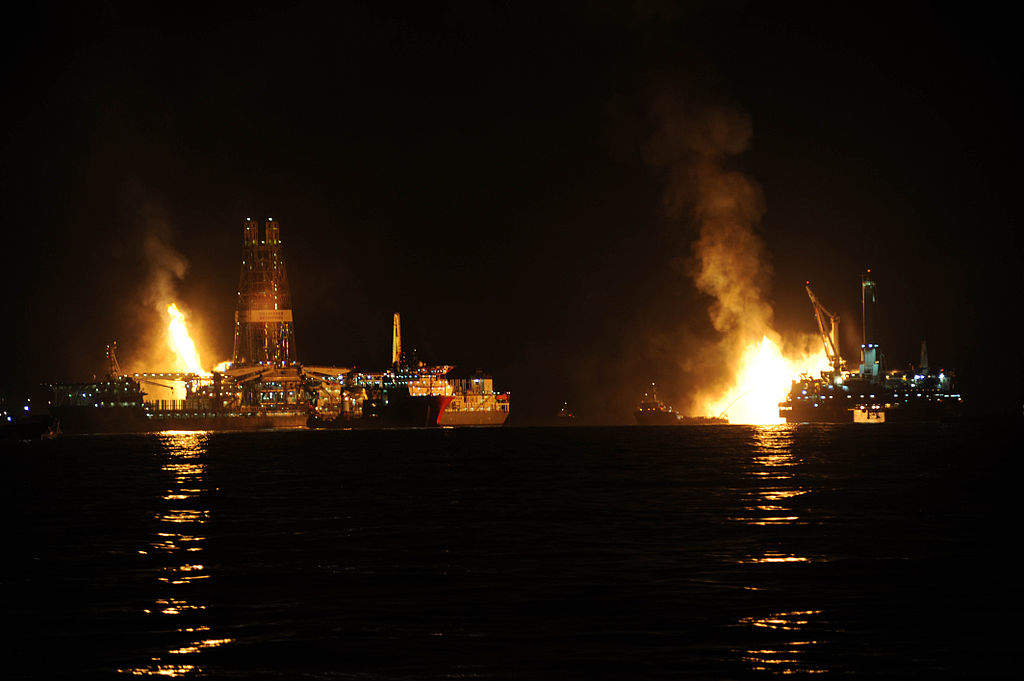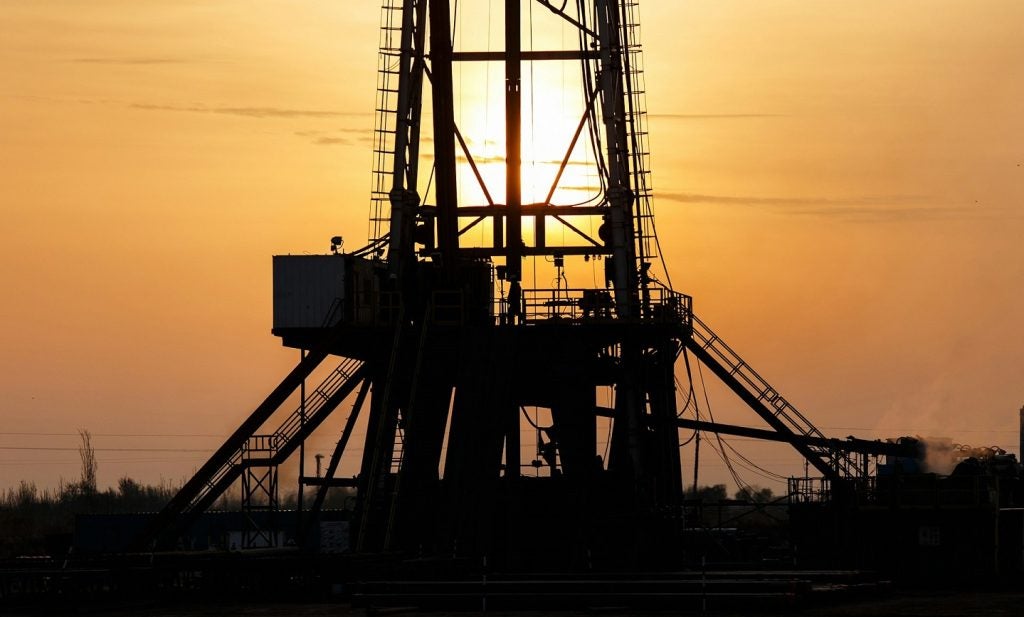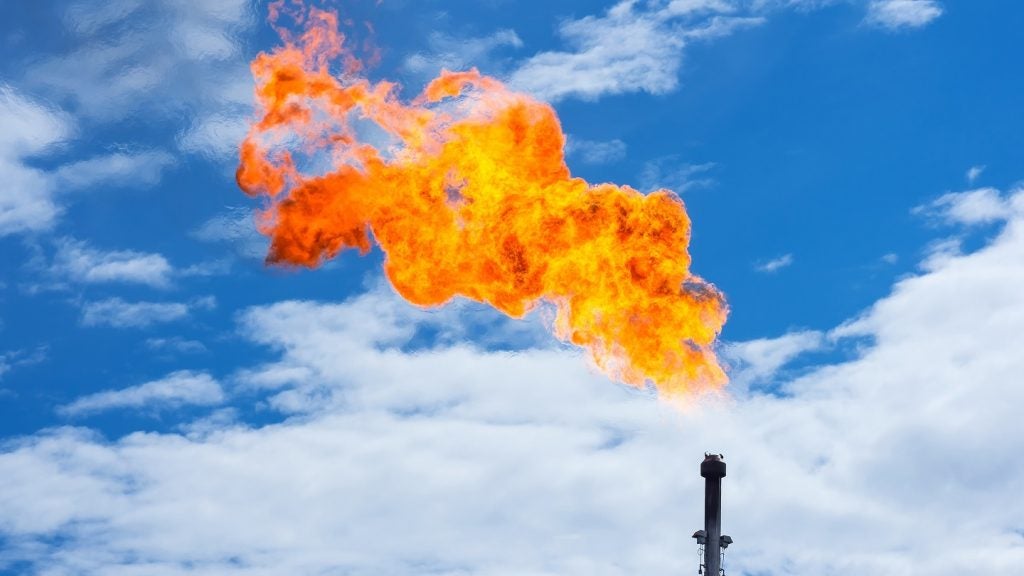
A staggering 143 billion cubic metres of methane-rich gas – equating to around 3.5% of the world’s total gas production – is flared globally each year, according to the most accurate investigation of flaring ever undertaken. Using satellite data from the Visible Infrared Imaging Radiometer Suite (VIIRS) in 2015 the US National Oceanic and Atmospheric Administration (NOAA) identified 7467 individual flare sites around the world, with 90% of the total gas flare taking place in upstream production areas.
There are, of course, sound reasons for flaring – not least methane’s impact as a greenhouse gas, being around 40 times more potent than CO2 – but while this may currently be the only realistic option for remote sites that lack the infrastructure to capture and utilise methane, the fact remains that a potentially valuable by-product is effectively being wasted on a grand scale. However, a team at the Massachusetts Institute of Technology (MIT), led by chemistry professor Yogesh Surendranath, now think it may have found a way that might one day make turning this waste methane into commercially useful products a real possibility, even for isolated facilities.
The key is converting methane into its close chemical relative, methanol, a much more convenient, transportable liquid useful both directly as a fuel and indirectly as the raw material for synthesising other substances.
Monofunctionalizing methane
On first sight, turning methane (CH4) into methanol (CH3OH) looks like a simple case of swapping one of methane’s hydrogens (Hs) for a hydroxyl-group (OH) – and in principle that is true. In practice, however, there is a lot more to it than that; the carbon-hydrogen bonds in the methane molecule are not easily broken, and yet at the same time there is the danger of provoking a run-away reaction when they do.
As the MIT team put it, methane’s “chemical inertness and propensity for uncontrolled oxidation impedes its widespread utilisation” – or in layman’s terms, it is hard to do anything with it.
There are existing industrial methods that are capable of turning methane into intermediate chemicals which can then be further processed to form methanol itself, but they require large-scale, expensive equipment, harsh reagents and operate at very high temperature. However, in their recently published paper in the American Chemical Society journal Central Science, which rejoices in the title “Catalytic Methane Monofunctionalization by an Electrogenerated High-Valent Pd Intermediate”, Surendranath and his co-authors describe a possible means to achieve this which could significantly cut both the cost and the temperatures required. They have even suggested that it might become a possible on-site addition to existing wellhead operations.
How well do you really know your competitors?
Access the most comprehensive Company Profiles on the market, powered by GlobalData. Save hours of research. Gain competitive edge.

Thank you!
Your download email will arrive shortly
Not ready to buy yet? Download a free sample
We are confident about the unique quality of our Company Profiles. However, we want you to make the most beneficial decision for your business, so we offer a free sample that you can download by submitting the below form
By GlobalDataElectrochemical strategy
The team’s approach is based on a newly developed, low-temperature, mixed electrochemical/catalytic process, which is claimed to overcome the limitations of existing attempts at methane conversion – termed ‘functionalisation’ – by catalysis. The researchers claim that it will enable new electrochemical methods to be developed to promote rapid methane functionalisation, and ultimately make methanol production via this route a viable option.
At the core of the ‘electrochemical strategy’ Surendranath and his team have devised is the
electro-oxidation of palladium sulphate in a concentrated sulphuric acid electrolyte to generate what they believe to be a different form of palladium which is a more effective catalyst for their purpose. This then rapidly promotes the reaction of methane to form two potential methanol pre-cursors, methyl bisulphate (CH3OSO3H) and methanesulphonic acid (CH3SO3H), via simultaneous electrocatalytic and non-electrocatalytic pathways, respectively – and it all takes place at just 70°C.
Massive resource
The ability to turn methane into methanol on-site cheaply and easily could be a game changer for the energy sector, and make methane capture and use viable in places where currently it is uneconomic – and there are many that fall into that category.
The great shale-gas revolution in the US saw increased production drive down gas prices to the point that excess was being flared rather than sold, with one field in North Dakota reputedly burning off enough gas in 2013 to power all the homes in Chicago and Washington D.C. combined. NASA night-time satellite images of the area around the Bakken shale formation in the north-western part of the state – one of America’s least-densely populated regions – show it glowing as brightly as Chicago or Minneapolis.
It is a picture reflected across much of the US and it is not just a shale-gas phenomenon; after a trip around the oil wells of New Mexico, one regulator described the area as looking “like a birthday cake out there at night.” Nor indeed is this an exclusively American problem; according to the NOAA study, although at 2399, the US had the highest number of individual flares by quite some margin, Russia tops the list in terms of the actual volume of gas flared.
There is clearly a massive and potentially valuable resource effectively going begging; what is less clear, however, is whether this novel method really will be the way to harness it.
Technological hurdles
“The problem is, you still don’t have methanol,” says biochemist and environmental biotechnology consultant Dr Clare Miles. “Admittedly, you have two products that could go on to make methanol, but the chemistry to do that at anywhere near commercial basis isn’t there.”
In fairness, the MIT’s statement about the work does highlight that “the additional processing steps needed to make methanol remain very challenging and must be perfected before this technology can be implemented on an industrial scale.” The team is said to be “actively refining their method to tackle these technological hurdles,” but that could be quite a mountain to climb. The paper notes that methyl bisulphate and methanesulphonic acid “can be thermally and hydrolytically converted to methanol” but the latest relevant work it cites was a paper published over 12 years ago, and that method requires a three stage process and temperatures of up to 160°C.
In addition, Miles points out, all of this relies on palladium sulphate – a chemical that is acutely toxic if swallowed and can cause severe skin burns and eye damage – and concentrated sulphuric acid, both of which bring their own handling implications for an industrial scale operation. So the $64,000 dollar question remains, will this take off and make methane flaring a thing of the past?
“Well, it’s never a good idea to bet against MIT,” Miles says, “but I really don’t see this happening, not on this sort of application and not anytime soon.”







